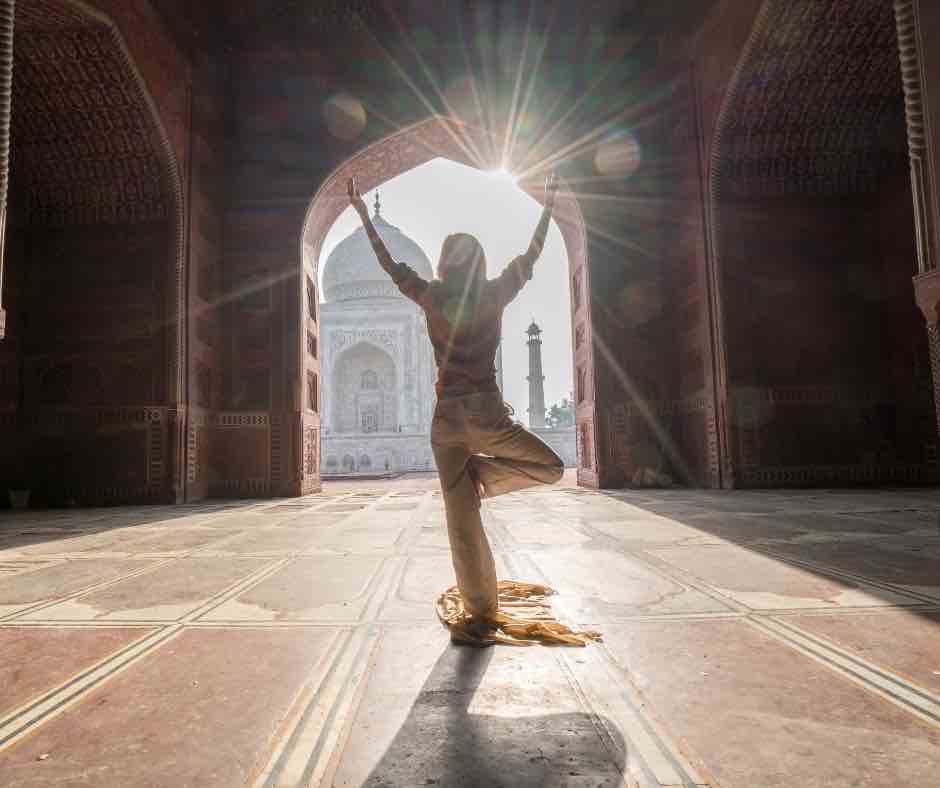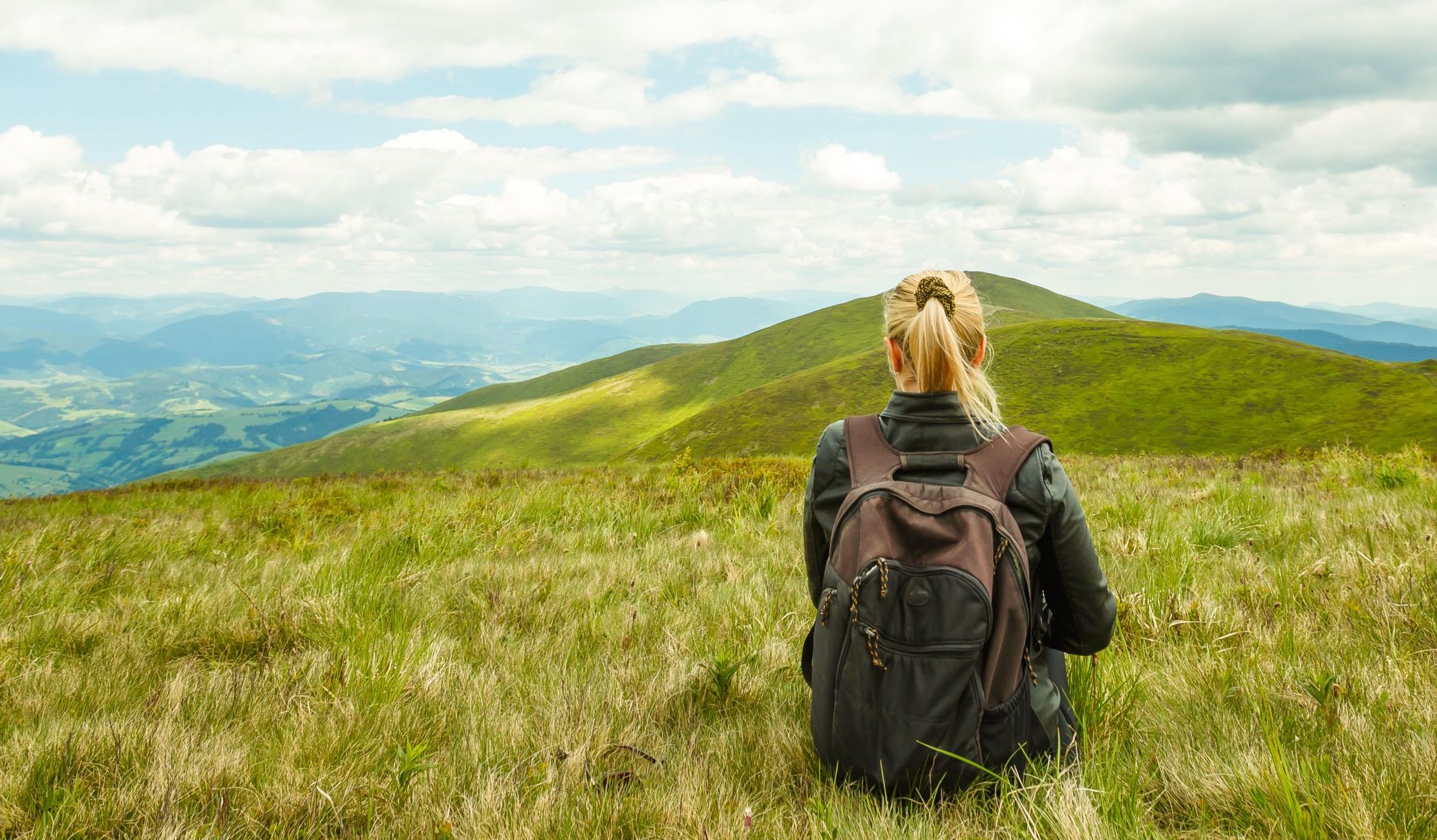“These paths [i.e. of yoga] are inappropriate for Europeans… or even detrimental within the European milieu, if for no other reason than because the complete suppression or exclusion of volition is possible only for the few. The contemporary European can scarcely distinguish any longer between effort of will, intensive concentration, and true meditation, since he attempts to direct all of them with his rationality – an attempt that necessarily leads to unfortunate results.”
–Jean Gebser, The Ever-Present Origin
Yoga “inappropriate,” even “detrimental,” for Westerners? Now there’s something we haven’t thought about before, and certainly none of our yoga teachers have ever brought the question up for discussion. So it might come as a surprise to the average enthusiast in this country that not everyone has hopped aboard the yoga juggernaut (for the time being, we’ll leave aside the objections of mainstream religions) and that there are faint cries in the wilderness warning about the practice.
Take Author Arthur Koestler (best remembered for Darkness at Noon, his novel about the 1938 Stalinist purges in the Soviet Union). Koestler traveled in India (and Japan) in the late 1950s in the “mood of a pilgrim” and recorded his experiences in The Lotus and the Robot. After reading the main traditional texts and visiting various yoga institutes and research centers, he came to the painful – for us – conclusion that Hatha Yoga is “sterile and pedantic” and that its seemingly miraculous effects relied on nothing more than “respiratory, circulatory, and other visceral manœuvres, repetitive invocations, and hashish-type drugs.”
We can loosely divide opponents of Western yoga into two camps, which, for the sake of convenience, we’ll call the Absolutists and the Relativists. The Absolutists, of course, absolutely discourage the practice under any circumstances. Probably the most famous member of this camp is German Psychiatrist Carl Jung – even though he reported that, during a personal and professional crisis brought on by his break-up with Freud, he used various yoga exercises to calm his nerves. Jung apparently first became interested in Indian philosophy as a teenager, after reading the 19th-Century German Philosopher Arthur Schopenhauer. Schopenhauer was heavily influenced by the teachings of the Upanishads (he supposedly named his pet poodle “Atman”), about which he wrote (he owned a Latin translation titled the Oupnekhat):
“From every sentence deep, original, and sublime thoughts arise, and the whole is pervaded by a high and holy and earnest spirit… In the whole world there is no study, except that of the originals, so beneficial and so elevating as that of the Oupnekhat. It has been the solace of my life, it will be the solace of my death!”
Though Jung objected to Western yoga, like Schopenhauer, he held Indian wisdom in high regard, and much of his work, like Schopenhauer’s, was influenced by India. So in 1938, when the British government invited him to visit there, he jumped at the chance to have an up-close-and-personal look at the source of this wisdom. He figured it would be an educational experience, and it was. Though 63 years old and widely traveled, India was a revelation for Jung, his first encounter with what he considered a truly “alien” culture. Not surprisingly – especially if you’ve been there yourself – Carl commented that, to him, India was like a “dream,” though reality intruded when he contracted dysentery and spent 10 days in a hospital.
What were Jung’s objections to Westerners practicing yoga, and, more to the point, how much validity, if any, do they have? We’ll keep our fingers crossed that they don’t have much. He based his stance on the premise that Easterners and Westerners experience the world and themselves in diametrically opposite ways and ultimately, as Rudyard Kipling poeticized, “never the twain shall meet.” Jung argued that Indians are innately introverts, their attention forever turned toward the “inner subjective,” the unconscious, and resolutely away from “outer objective,” nature, which for them has little or no lasting value. The typical Westerner is an extravert; his conscious mind is so strong that it essentially severs, and so alienates him from, his unconscious psychic roots. Westerners direct their attention “outside,” away from the subjective and toward nature, which we then seek to dominate and exploit to our advantage.
So what happens then when a Western extravert comes face-to-face with introverted Indian yoga? Of the many shades of possibility, Carl pointed out two general tendencies. Some of us, because we’re so completely unconscious of our unconscious, project onto the “alien” East all of our hidden fears and hatreds, and react as we instinctively do whenever we feel threatened or hostile: we run away or fight, literally and/or figuratively.
The rest of us, because we’re so alienated from our inner lives, which seem to us empty of anything spiritually good and/or useful, uncritically assume that saving knowledge can only be found “outside.” Rejecting Western spiritual traditions (which Jung interpreted as a kind of self-avoidance), we fall head over heels in love with the last word in exotic “outsiders,” yoga, with its tantalizing promise of the total recovery and/or re-integration of and “union” with our missing and/or fragmented psychic pieces. But because we’re such hopeless extraverts, the only way we can truly understand and apply yoga’s introverted methods, Carl wrote, is if we sit “on a gazelle skin under a Bo-tree” for the rest of our lives. Forget about the stock market, real estate, politics, and our favorite football team. Otherwise, “yoga in Mayfair or Fifth Avenue, or in any other place which is on the telephone, is a spiritual fake.”
Even if Western yoga is fake – and that has yet to be decided – how is it detrimental, other than the possibility that we’re fooling, and making fools of, ourselves? In response, Carl quoted a Chinese saying: “If the wrong man uses the right means, the right means will work in the wrong way.” He implies that, ironically, when extraverts “do” yoga, yoga will have precisely the opposite of the intended effect; instead of regaining the lost or abandoned portions of our psyches, we’ll only strengthen our already-crushing Western willfulness and divorce ourselves even further from the unconscious, which at the least results in “absence of instinct, nervousness, disorientation, and entanglement in impossible situations and problems.”















One reply on “Should Westerners Practice Yoga? Carl Jung Doesn’t Think So”
My husband was a British artist who had studied Buddhism, perceptual psychology and he was deeply influenced by Jung, who also made art.
My husband wrote that he follows the Jungian practice of letting the unconscious guide the hand in his drawings.
If this is also what Jung said somewhere about creating his art. then Jung contradicted himself that Westerners should not follow Eastern Yogic methods that delve into the unconscious.